| Article number: | ST67547.1 |
|---|
| Balance: | 320 ?Racket balanceThe balance of the racket is the center of gravity of the racket. It is measured in centimeters from the shoe to the tip of the head. In this respect, the rackets can be divided into: balanced on the head - HH (head heavy), balanced on the handle - HL (head light), balanced evenly - EB (even balance). Two rackets with the same weight but differently balanced give a completely different feeling when playing. Rockets with a center of gravity shifted towards the handle have a lighter head and are more maneuverable. They are great to play with the net. Head-balance rackets usually belong to the group of light rackets. By shifting the center of gravity towards the head, the player can spend less energy to deliver a strong hit. These types of rackets allow for a dynamic "swing" during the game. Rather, they are intended for beginners. Center-balance rackets have an evenly distributed weight. They offer the player a balanced power and impact control. Handlebar balance rackets are rather heavy rackets. Their head is lighter. This translates into a less dynamic "swing" but better controlled strokes. These types of rackets are most often chosen by advanced players. |
|---|
| Beam profile: | 23/26/23 ?Profile (thickness) of the racket frameRocket frames have different thicknesses. There are those that have the same thickness along the entire length, while the thickness of others is variable. You can classify the racket frames according to the frame profile into three groups: thin, medium and thick: - Thin frames <23mm - lots of feel and less strength and damping. Rackets with a rather small head area, heavy. For advanced players with a full swing.
- Medium frames 23-25 mm - universal, closer to 23 mm for advanced players and closer to 25 mm for beginners, tennis players with a medium swing.
- Thick frames> 25 mm - low feeling, a lot of own power, for short swing play For beginners with poor technique, older tennis players with minor hand injuries. These are usually rockets with advanced vibration reduction systems during impact.
|
|---|
| Cover: | no |
|---|
| Lenght: | 68,5 ?Racket lengthThe length of the racket is the distance from the base of the handle to the end of the racket head. The standard adult racket is 68.58 cm (27 inches) long, by far the most on the market. Extended rackets (even by a few centimeters) increase the range and strengthen the force of impacts, as well as provide better service and ball rotation. Instead, they reduce ball control. The lower maneuverability of the extended rackets is especially noticeable when playing at the net. Standard rockets are more dynamic. Shorter lengths than the standard ones are junior rackets. The physical conditions of the child are an important factor in the selection of rackets for children. The height and weight of a child may contribute to the fact that physically grown children should use rackets a little longer than recommended by the manufacturer. Division of rackets due to length: - 27 inches (68.58 cm) and larger - for adult tennis players
- 26 inches (66 cm) - for children 10-12 years or 136-146 cm
- 25 inches (63.5 cm) for children 8-10 years or 128-136 cm
- 23 inches (58.5 cm) - for children 6-8 years old or 120-128 cm
- 21 inches (53.5 cm) - for children 5-6 years old or 112-120 cm
- 19 inches (48.5 cm) - for children 4-5 years or 100-112 cm
|
|---|
| Material: | Graphit |
|---|
| Stiffness (RA): | 72 ?Racket frame stiffnessRacket stiffness, which is how much the frame deforms when it contacts the ball, is measured in RA units. Stiffer rackets allow for a stronger impact, but more shocks are transferred to the wrist. Flexible rackets give you more ball control and put less strain on your wrist. The division of rackets due to the flexibility of the rocket frames: - flexible frames <60 RA - less impact force, less vibration on the wrist
- medium flexibility of the 60-69 RA frame - a compromise between flexible and stiff
- stiff frame> 70 RA - greater impact force, more vibration transfers to the wrist
|
|---|
| String: | yes |
|---|
| String pattern: | 16/19 ?The arrangement of strings (tension) of the racketThe most popular arrangement of strings is the arrangement (vertical / horizontal ratio): 18/20 and 16/19. There are also other layouts such as: 18/19, 16/18, 14/18 and others. Due to the density of the string arrangement, there are two basic arrangements: open "open" (a rare arrangement of strings, e.g. 16/19) and closed "close" (dense 18/20 string arrangement) The string system (tension) is open - more ball power but less control,,
- greater deformation of the impact surface,
- gives the ball more spin because the ball has more contact with the tension,
- they have a negative effect on the durability of the string (due to the easy movement of the strings in the racket, they are rubbed faster),
- lower "stiffness of the string system,
- larger "sweet spot" - clean hit field,
Closed string system - less strength and more control,
- less deformation of the surface of the impact of the racket and thus lower dynamics of the game,
- longer string life (you need to replace it less often because it has a lower tendency to break). This is due to the fact that the "dense" string cannot move relatively freely,
- less "rotation"
- smaller "sweet spot" - clean hit field
|
|---|
| String tension (recommended in kg): | 23-27 ?Recommended tension forceRacket manufacturers provide the recommended tension force, measured in kilograms, with which they recommend stringing rackets with a tolerance of +/- 2 kg. Tighter strings in the racket give more control of the ball, but reduce strength, dynamics and rotation. Increasing the string tension also makes the game less comfortable, as more adverse effects from hitting the ball will be transmitted through the racket frame to the player's body generally. Weaker racket string tension reduces ball control (the catapult effect is often cited). However, we will achieve greater dynamics of strokes and rotation, because the ball stays on the strings longer and "bites" more into the racket. |
|---|
| Technologies: | AEROMODULAR TECHNOLOGY CORTEX INSIDE FSI SPIN WOOFER |
|---|
| Weight: | 285 ?Racket weightThis is a very important factor in choosing the right racket. The weight of the racket for an adult player may vary between two hundred and three hundred grams. Summarizing, it can be assumed that: - Beginners - should look for lighter rackets weighing 270-290 grams (men), 250-270 grams (women),
- Intermediate people - should pay attention to rackets weighing 280-300 grams,
- Advanced people - choose rockets that exceed three hundred grams with the option of individual "weighing" of the rackets through the use of lead tapes attached to the frame.
|
|---|






























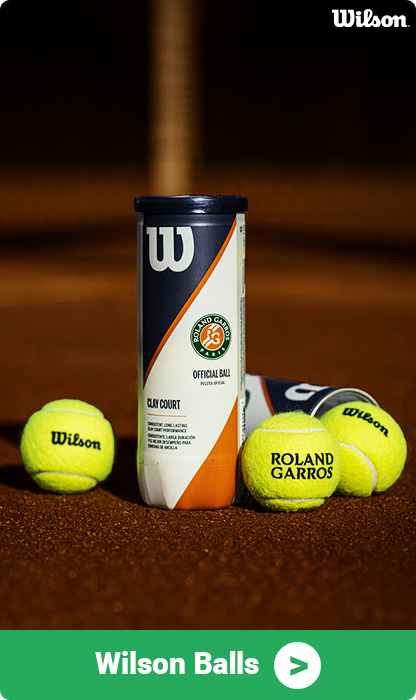
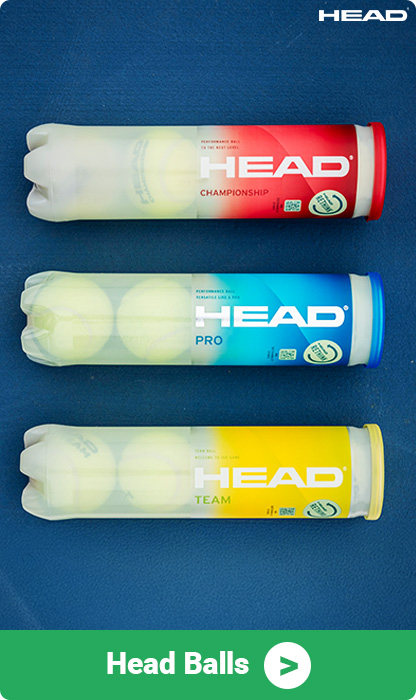
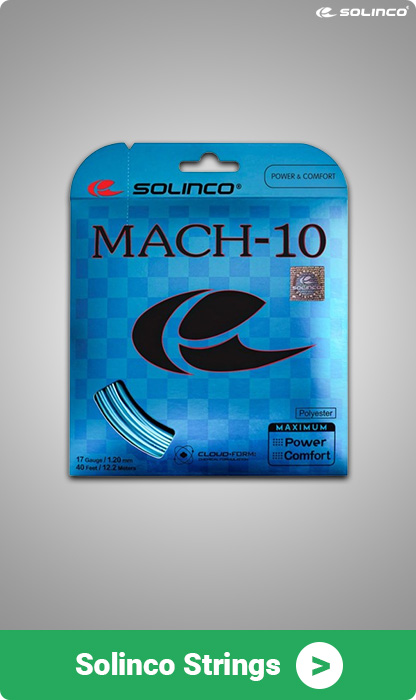
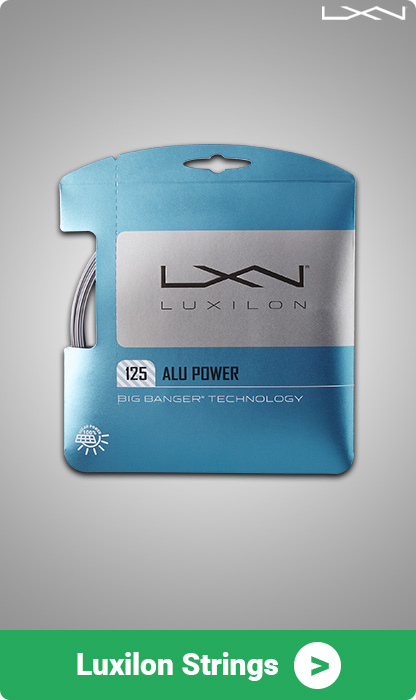
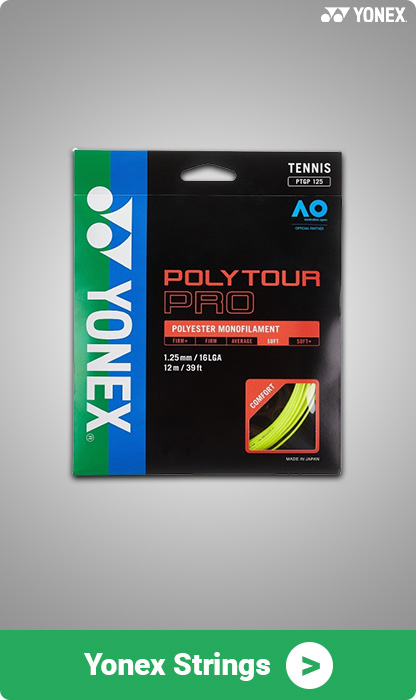














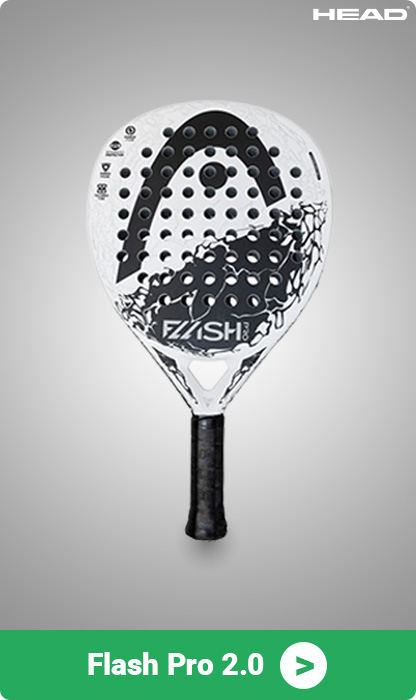

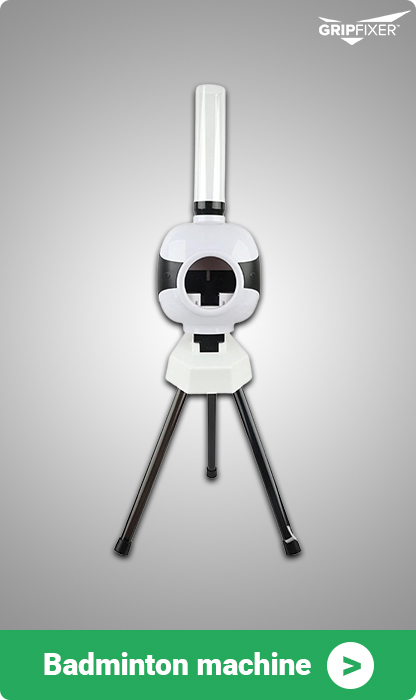
 tennis-zone.eu
tennis-zone.eu 